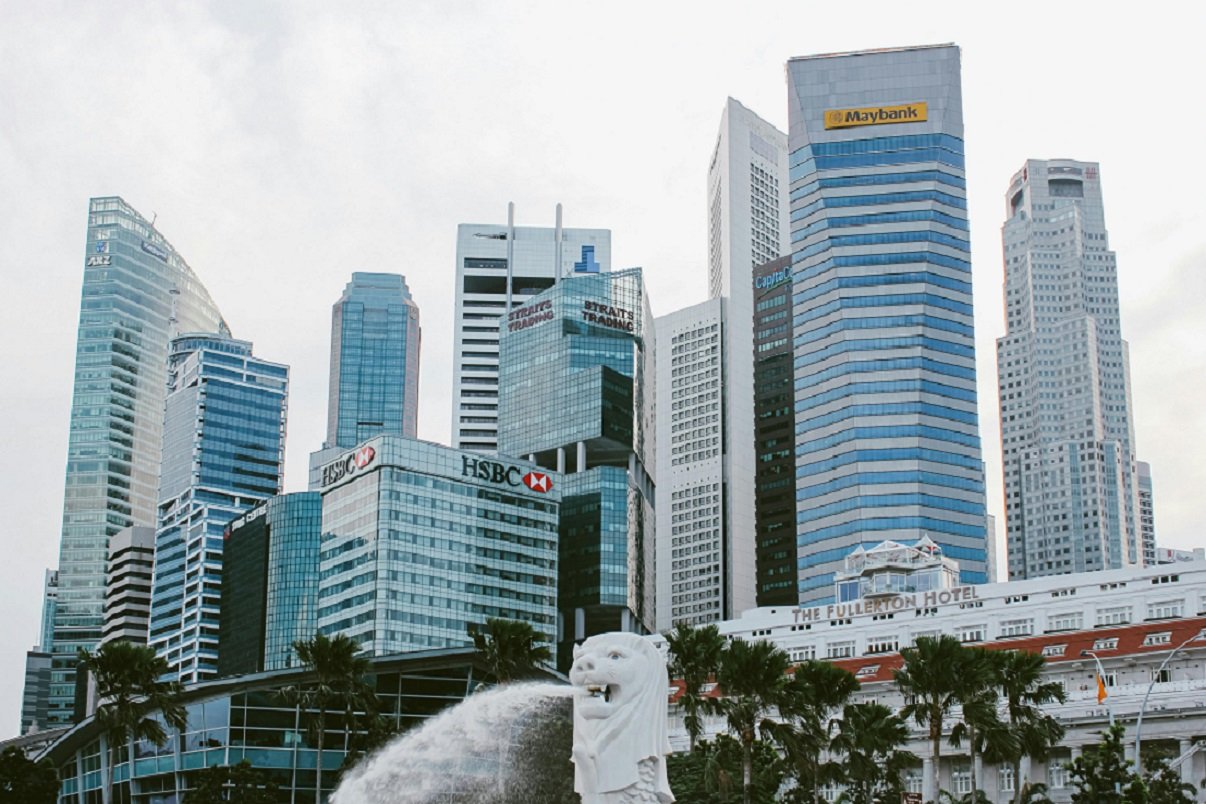Pakistan’s pharmaceutical exports soared to a record-breaking $457 million in FY25, marking a 34% year-on-year growth compared to $341 million in FY24, as reported by brokerage firm Topline Securities.
This sharp increase sets a new historic high for the country’s pharmaceutical sector and positions it among Pakistan’s most promising non-traditional export industries. Industry stakeholders credit deregulation reforms, increased international certifications, and expansion into new global markets as the core drivers of this success.

Consistent Growth Over the Years
The sector has shown consistent growth over the past three fiscal years:
- FY22: $269 million
- FY23: $328 million
- FY24: $341 million
- FY25: $457 million
This performance reflects a 70% cumulative growth over three years and underscores Pakistan’s transition from a domestically-focused pharmaceutical industry to a competitive global exporter.
Deregulation Spurs Innovation and Export Expansion
According to Topline Securities, a key factor behind this 34% annual surge is the deregulation of pricing for non-essential drugs, implemented in recent fiscal periods. This shift has allowed pharmaceutical companies to increase revenues from domestic sales, freeing up resources for investment in:
- Research & Development (R&D)
- Export marketing
- Product diversification
- Regulatory compliance for international markets
With improved profitability, firms are now better equipped to enter stringent foreign markets like the European Union, GCC, and Africa.
Pakistan’s Global Pharma Reach
Pakistan currently exports pharmaceutical products to over 70 countries, and that number is steadily growing. Key export destinations include:
- Afghanistan
- Yemen
- Vietnam
- Kenya
- Philippines
- Uzbekistan
- South Africa
- Middle East (GCC region)
Topline’s report highlights that Pakistani pharma firms are making inroads into newer, less competitive markets in Central Asia and East Africa, where cost-effective medicines are in high demand.
Export-Oriented Companies Leading the Way
Several major pharmaceutical exporters have contributed significantly to this momentum:
- Getz Pharma – Pakistan’s first WHO-prequalified facility
- Searle
- Hilton Pharma
- Martin Dow
- AGP Limited
- Highnoon Laboratories
These companies have invested in modern Good Manufacturing Practices (GMP) certified facilities, automated packaging systems, and ISO 9001 and 14001 certifications that enable access to regulated international markets.
Some have also established overseas distribution networks and partnerships to enhance delivery and brand recognition abroad.
Government Policies and Incentives
Pakistan’s National Export Strategy (NES) has identified the pharmaceutical sector as a key non-traditional export area. In response, the Ministry of Commerce, TDAP, and DRAP have worked collectively to:
- Streamline product registration for exports
- Facilitate participation in international pharma expos
- Offer incentives for exporters
- Encourage public-private collaboration
These efforts, alongside simplified regulatory pathways, have enabled pharma firms to reduce lead times for international market entry.
Quality and Compliance a Major Focus
With increased scrutiny on product quality from importing nations, Pakistani pharma companies have upgraded quality control systems and adopted international benchmarks. Many exporters have aligned their processes with FDA, EMA, and GCC-DR standards, leading to greater acceptance of Pakistani medicines abroad.
“Compliance is no longer a burden—it’s an opportunity,” said a senior executive at a Karachi-based pharma firm. “We’re seeing more overseas buyers now confident in Pakistani products.”
Future Outlook: Momentum to Continue
Topline Securities projects that Pakistan’s pharma exports will grow further in FY26, driven by:
- Continued deregulation
- Increased capacity utilization
- Entry into higher-value therapeutic segments like oncology and biotechnology
- Regional manufacturing partnerships
Industry experts believe the country could potentially reach $600 million in pharma exports within the next 2-3 years if momentum is sustained and regulatory support continues.
However, challenges such as fluctuating exchange rates, reliance on imported active pharmaceutical ingredients (APIs), and logistical hurdles must still be addressed.
What’s Next? Strategic Recommendations
To sustain this growth trajectory, analysts suggest:
- Government-backed export financing schemes
- Investment in local API manufacturing
- Establishment of regulatory harmonization units to meet global compliance
- Long-term export tax reliefs for pharma exporters
Additionally, firms are encouraged to build brand identity globally rather than relying solely on contract manufacturing.
READ MORE: Govt Expects Economy to Sustain Recovery in Early FY26
A Prescription for Economic Resilience
The remarkable 34% growth in Pakistan’s pharma exports FY25, culminating in a record $457 million, is not just a sectoral success story—it’s a broader signal of Pakistan’s shifting economic landscape. With the right mix of deregulation, innovation, and policy support, the pharmaceutical industry is carving a strong footprint in the global market.
As the country looks to reduce its reliance on traditional exports like textiles and rice, the pharmaceutical sector stands out as a scalable, high-value industry capable of transforming Pakistan’s export profile for years to come.





